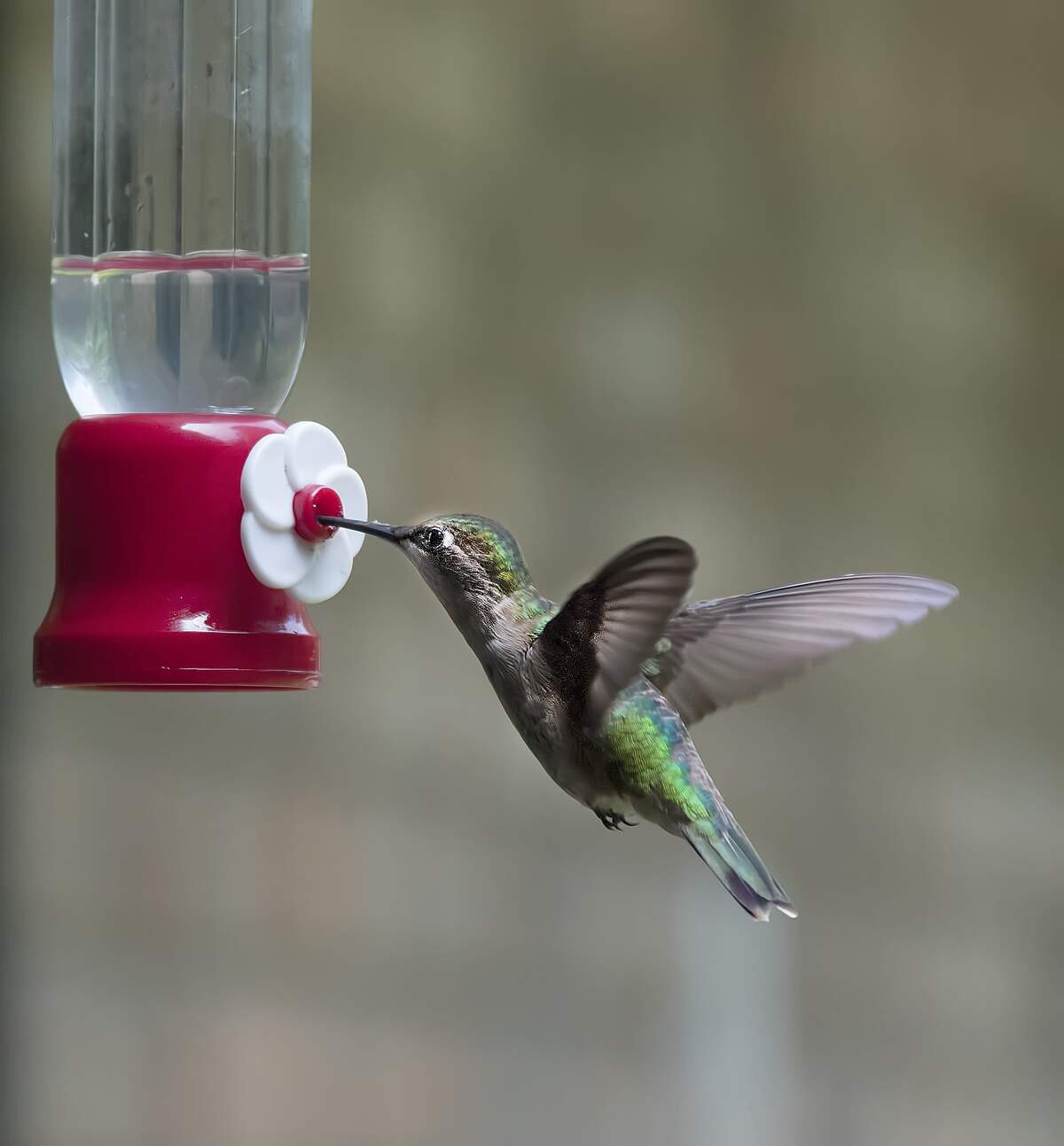

National Butterfly and Hummingbird Day
Observed
annually on October 3rd
Dates
Hashtags
Sources
http://www.hngn.com/articles/136428/20151003/national-butterfly-and-hummingbird-day-smiles-abound-pictures-videos.htm
https://blog.biodiversitylibrary.org/2013/10/happy-butterfly-and-hummingbird-day.html
https://blog.nwf.org/2013/10/wildlife-battle-team-butterfly-vs-team-hummingbird/
https://onekindplanet.org/animal/hummingbird/
https://www.ecowatch.com/10-super-cool-facts-about-butterflies-1891180962.html
https://www.thespruce.com/fun-facts-about-hummingbirds-387106
https://www.thoughtco.com/fascinating-facts-about-butterflies-1968171
National Butterfly and Hummingbird Day celebrates these small, flying beings, and is for appreciating them, learning about them, spreading awareness about them, and viewing them in person.
There are about 20,000 species of butterflies—some sources say there are 17,500, while some say there are as many 24,000. There are about 750 species found in the United States, where the white cabbage butterfly is the most prevalent. The life cycle of a butterfly begins when eggs are laid on leaves, which hatch into larvae known as caterpillars. They eat the leaves and flowers of the plant they are on, and grow in size while shedding their skin multiple times. They then turn into a pupa, or chrysalis, and then into a butterfly.
When they come out of their cocoon to a new world as a butterfly, they have to pump fluid into the veins in their wings in order to expand them. They then have to rest for a few hours before taking flight for the first time. Butterflies are cold blooded, and the air around them affects their ability to function. If the air temperature gets below 55 degrees, their body temperature may drop too low to be able to fly. To remedy this, they may warm up their muscles by shivering or by lounging in the sun. They fly best in air temperatures between 82 and 100 degrees and are most comfortable when their body temperature is at about 85 degrees.
Their wings have thousands of scales that reflect light, giving them color. But underneath their scales, their wings are actually transparent. To protect themselves from predators, some butterflies fold their wings in to help camouflage themselves, or, conversely, some have bright colors that reveal to others their presence. Some predators are aware that many bright-colored insects are toxic when eaten, so they avoid these butterflies, even though, unbeknownst to them, they aren't poisonous. The common buckeye butterfly uses its colors to scare off birds.
Butterflies have receptors on their feet, which help them find host plants and food. Female butterflies tap on leaves until juices come out, and chemoreceptors on their legs tell them if the plants have the right type of chemicals to lay eggs on. Butterflies also step on their food to taste it. Adult butterflies only eat liquid, which is usually nectar, although they occasionally drink from mud puddles as well, to gain minerals and salts. They eat with a proboscis, which is like a straw; it is curled up under their chins and unfurls when they eat.
Butterflies generally have short lives, with most only living for two to four weeks, during which they mainly eat and mate. Some butterflies only live a few days, while some that migrate, like monarchs and morning cloaks, may live about nine months. Monarchs may travel over 2,500 miles to find warmth during the colder months.
The second flying creature celebrated today is the hummingbird. There are about 325 species of hummingbirds, but only eight of them regularly breed in the United States. Although, up to two dozen species can be found there at various times. Most species of hummingbirds can be found in South America, Central America, and the Caribbean, and there are no hummingbirds outside of the Western Hemisphere. Many species can breed together, which creates hybrid species.
Hummingbirds are very small—many weigh less than the weight of a nickel. The calliope hummingbird is 3 inches long, and the bee hummingbird, native to Cuba, is the smallest bird species in the world, at 2.25 inches in length. Hummingbirds have such small feet that they can't walk or hop properly. They can shuffle a bit, though, but their feet are mainly used for preening. The small size of their feet also allows them to fly quicker. They can fly up to 30 miles per hour when going forward, and up to 60 miles per hour when diving.
Each species of hummingbird makes a different humming sound because the wings of each species beats at a different rate. Generally, a hummingbird's wings beat somewhere between 50 and 200 times a second. Wings aren't the only things that beat quickly when it comes to hummingbirds: their hearts beat more than 1,200 times a minute. They also take a breath about 250 times a minute, and that number is even higher when they are flying.
Like butterflies, hummingbirds may fly hundreds or even thousands of miles to migrate. They mainly eat nectar, but also eat small insects, spiders, tree sap, and juice from fruit. Their lifespan ranges from 3 to 12 years and is contingent on factors such as their species, habitat, and vulnerability due to predators and other threats. On National Butterfly and Hummingbird Day, we remember and celebrate both of these animals.
How to Observe National Butterfly and Hummingbird Day
Here are a few ideas to get you started on celebrating the day:
- Learn more about butterflies and hummingbirds. You could watch a documentary about butterflies such as The Incredible Journey of the Butterflies or the Flight of the Butterflies, or you could watch a documentary about hummingbirds such as Hummingbirds or Hummingbirds: Magic in the Air. You could also read a book about butterflies or hummingbirds. For butterflies, you could check out William Jacob Holland's The Butterfly Book: A Popular Guide to a Knowledge of the Butterflies of North America, which has 48 plates of photography of butterflies. For hummingbirds, you could read A Monograph of the Trochilidæ, or Family of Hummingbirds, or one of many other books.
- To raise awareness about butterflies and hummingbirds, you could post photos and facts on social media sites such as Twitter or Facebook using #TeamButterfly or #TeamHummingbird. You could post about both equally, or favor one. In the past, the National Wildlife Federation has posted about both during the day, giving participants the opportunity to re-tweet, like, or share their posts.
- Support or get seeds from the Save Our Monarchs Foundation, or support The Hummingbird Society.
- Visit a zoo or go look for butterflies in nature, either near your home or at one of the best places to do so around the world. The same can be done with hummingbirds. See if you can identify both the butterflies and the hummingbirds during your viewings.
- Start a butterfly garden or hummingbird garden. Or, at least, put up a butterfly feeder or hummingbird feeder.





















